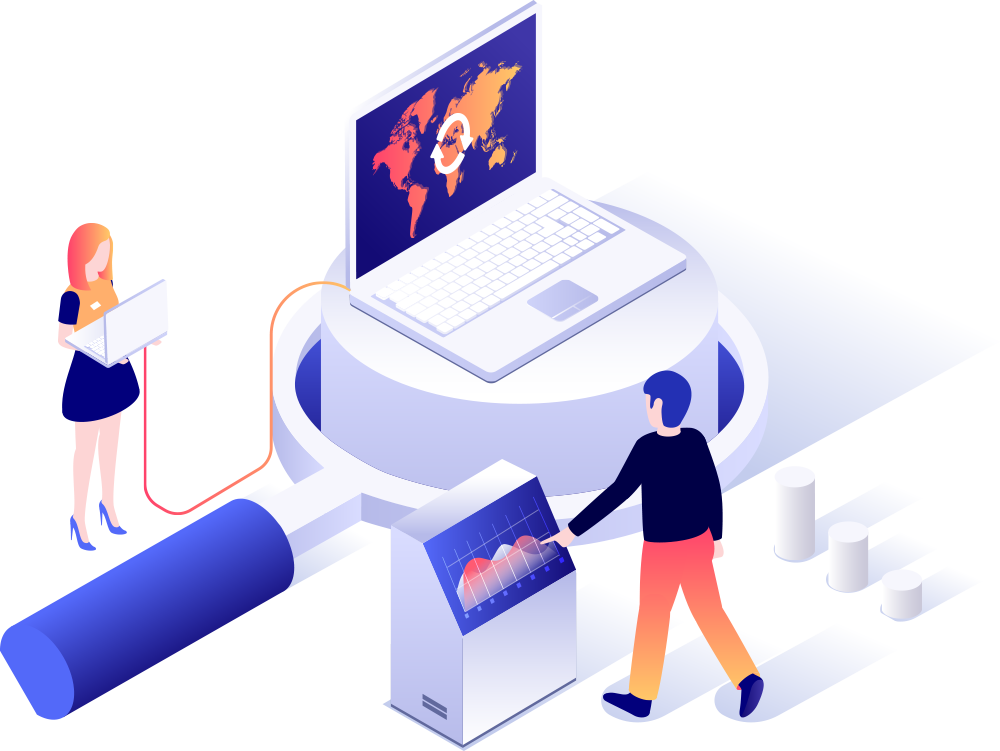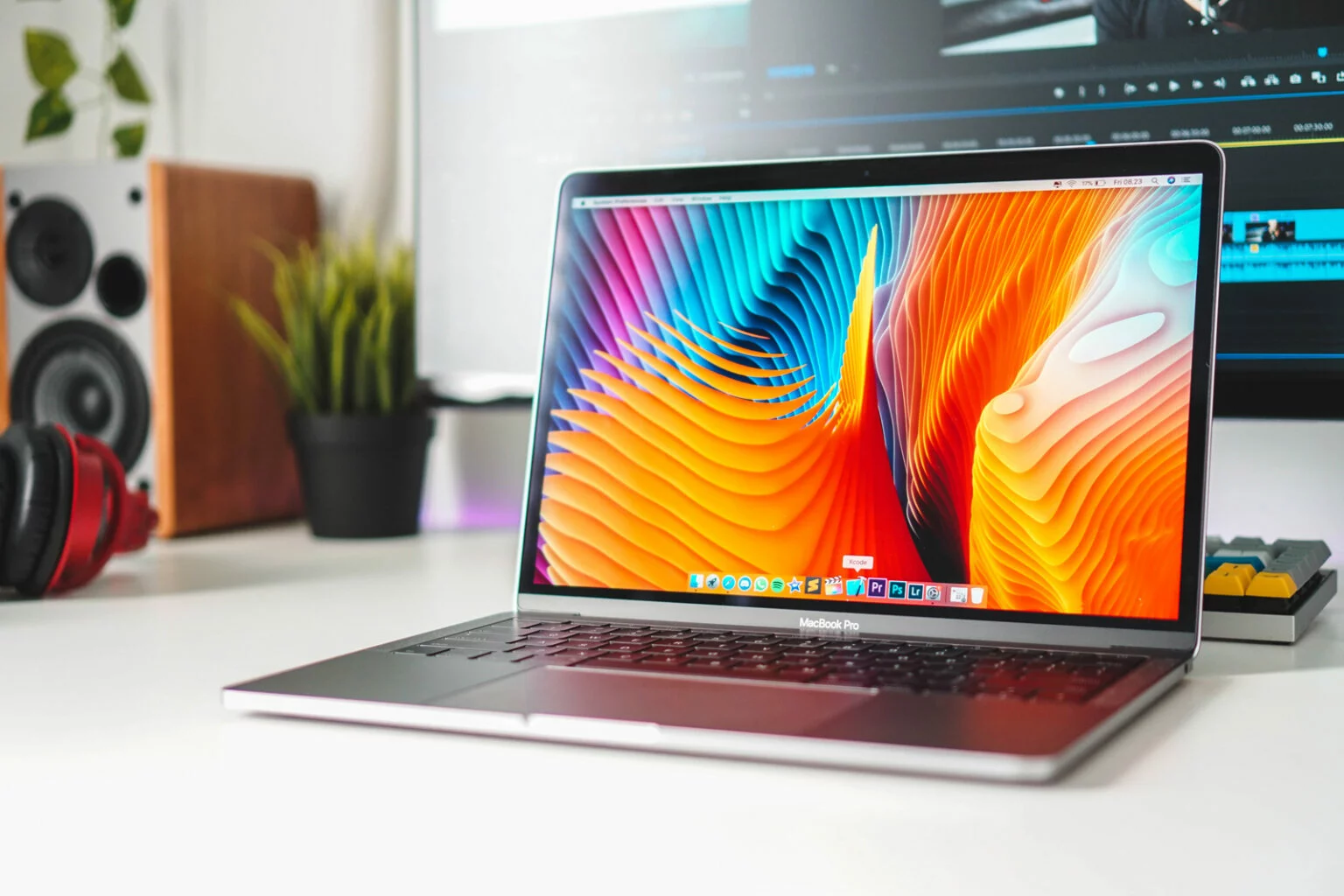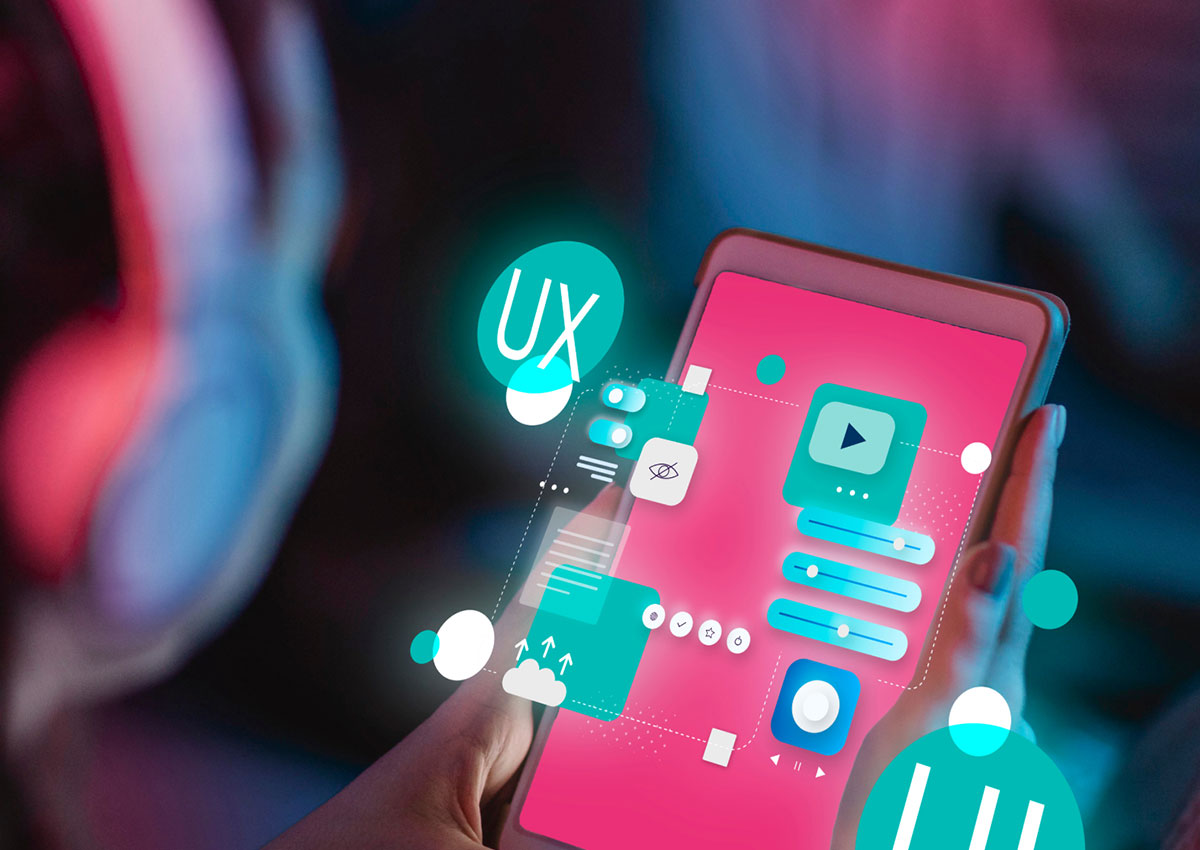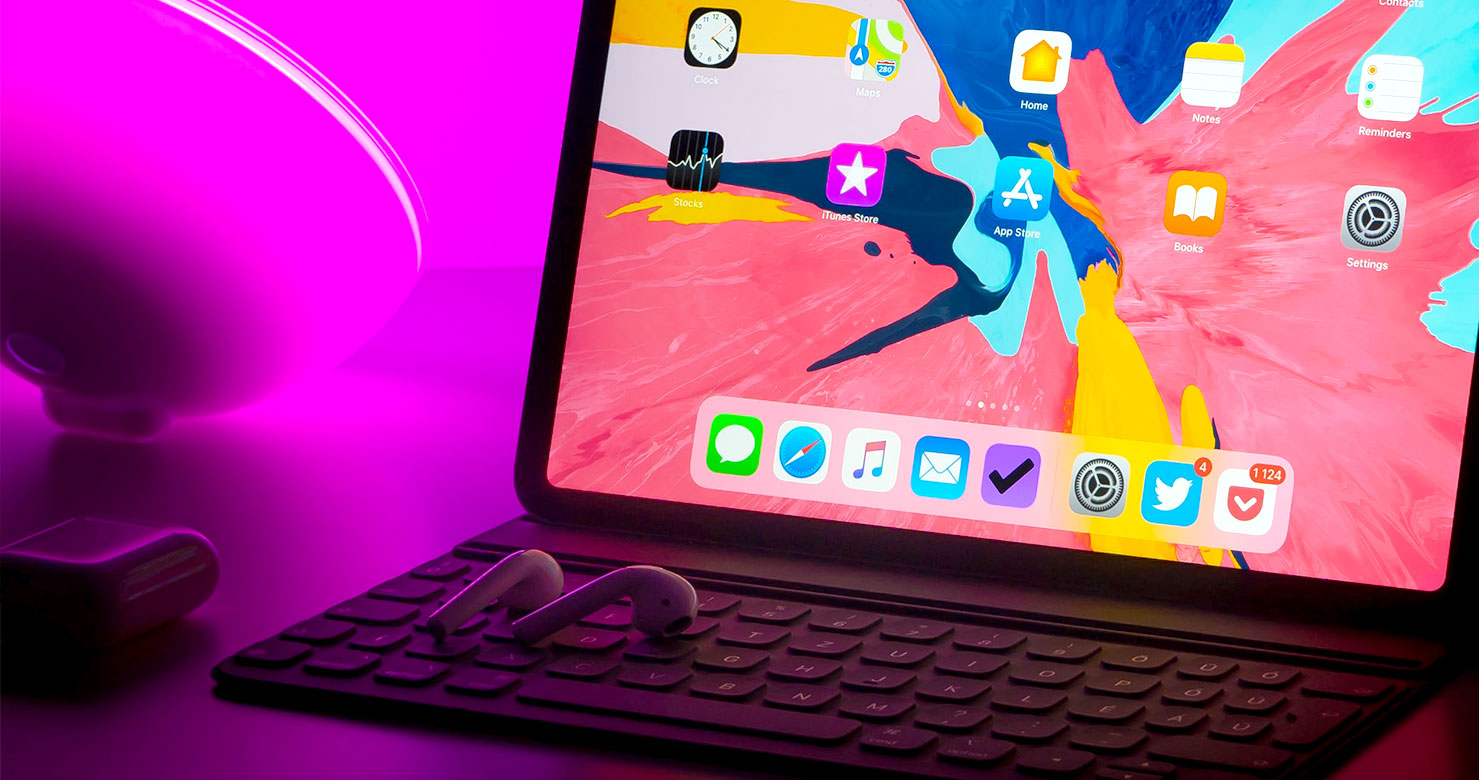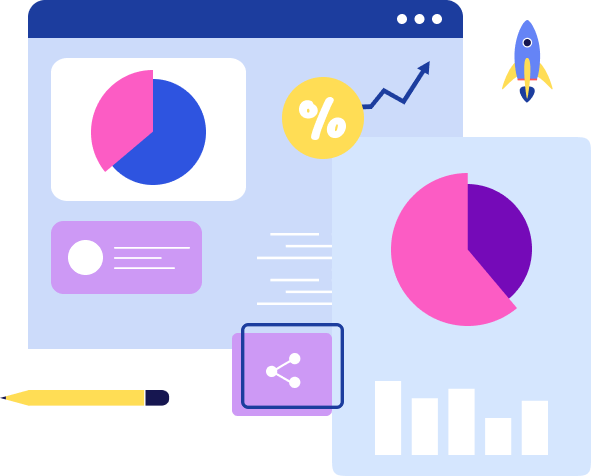How Does Google’s AI Compare to ChatGPT?
How Does Google’s AI Compare to ChatGPT? A Deep Dive Into Two AI Giants
The world of artificial intelligence (AI) has never been more exciting, with two of the most discussed names being Google’s AI (like Bard, MUM, and RankBrain) and ChatGPT (developed by OpenAI). Both are remarkable in their own right, but they serve different purposes and excel in distinct areas. Let’s explore the differences, strengths, and potential overlap between the two, with a focus on their technology, abilities, and applications.
Google’s AI vs. ChatGPT: Understanding the Core Differences
1. Primary Purpose & Functionality
- Google’s AI: Google’s AI systems, including Bard, RankBrain, and MUM, are designed primarily for real-time search optimization. They enhance Google’s ability to understand queries, match them to the most relevant information on the web, and improve overall search rankings. Their key focus is on delivering search results based on complex ranking factors.
- ChatGPT: ChatGPT, on the other hand, is a conversational AI model trained to engage in dialogue, problem-solving, and natural language understanding. Its purpose is to create human-like conversations, answer questions, and assist with creative tasks, all while keeping the conversation contextual and nuanced.
2. Data Access and Real-Time Capabilities
- Google AI: Google’s AI has real-time access to the entire internet, allowing it to pull the most up-to-date information instantly. For example, when you search for something, Google’s AI scans, processes, and ranks millions of pages to find the most relevant ones, even for breaking news or fresh updates.
- ChatGPT: ChatGPT is trained on a large dataset, but it doesn’t have real-time access to the web. Its knowledge is limited to the information it was trained on, up to its last update (in the case of chatGPT, September 2023). It’s great for understanding context and generating detailed responses, but it won’t provide the latest news or updates unless explicitly updated.
3. Language Processing & Understanding
- Google AI: Google uses models like BERT and MUM for deep language understanding, enabling it to break down complex search queries and provide contextually relevant results. MUM (Multitask Unified Model) even handles multiple tasks simultaneously, translating content, answering questions, and even pulling information from images.
- ChatGPT: ChatGPT is designed for natural conversation. It excels at keeping the flow of dialogue, maintaining context over long exchanges, and responding to nuanced questions. It’s highly adaptable to creative tasks like story writing, brainstorming, and technical explanations, which makes it feel more “human” in conversations.
4. Search Optimization vs. Conversational Engagement
- Google AI: Optimized for ranking content across the web, Google’s AI excels at making sense of massive amounts of information, delivering the most authoritative and relevant results. It’s tuned to user search behavior, continually learning which results perform best and adapting its algorithms.
- ChatGPT: ChatGPT excels in conversational engagement. It’s not about ranking or selecting content but generating it. It’s ideal for providing detailed explanations, solving complex problems, or holding natural, multi-turn conversations. It thrives on understanding context and producing meaningful, coherent responses in an ongoing conversation.
5. Strengths and Weaknesses
- Google AI Strengths:
- Real-time, vast access to web data.
- Accurate and authoritative search results.
- Continually optimized for user behavior.
- Handles multimedia queries with MUM (text, images, etc.).
- Weaknesses:
- Limited ability to engage in natural, human-like conversations.
- More focused on ranking existing content rather than generating it.
- ChatGPT Strengths:
- Deep conversational abilities, great for creative and technical writing.
- Maintains the flow of context and adapts to user inputs.
- Can generate content, code, stories, and ideas from scratch.
- Weaknesses:
- Lacks real-time data; cannot fetch the latest information from the web.
- May provide outdated or incorrect information on recent topics.
Real-World Applications: When to Use Google AI vs. ChatGPT
When to Use Google AI:
- Searching for the Latest Information: For news, trends, and real-time answers, Google’s AI is unmatched. Its ability to crawl and index web pages in real time makes it the go-to for up-to-the-minute data.
- Performing SEO or Research: If you need to find the best websites, research papers, or official data sources, Google AI delivers ranked, authoritative results.
- Multimedia Queries: With MUM, Google AI is able to pull information from text, images, and even videos, which adds a layer of depth for users seeking multimedia content.
When to Use ChatGPT:
- Creative Problem Solving: ChatGPT is ideal for brainstorming, creative writing, or generating unique content. It’s excellent for thinking through problems in a conversational format.
- Long-Form Conversations: If you need help with complex ideas, such as coding assistance or writing entire essays, ChatGPT shines.
- Natural Language Understanding: For interactive, human-like conversations, ChatGPT is more fluid and capable than Google’s AI, especially for maintaining context over long exchanges.
What the Future Holds for Google AI and ChatGPT
As AI continues to evolve, both Google AI and ChatGPT will likely converge in some areas. Google has already ventured into conversational AI with Google Bard, while OpenAI’s models will eventually integrate more real-time capabilities. Here are some potential future developments:
- Google Bard could become even more conversational and adopt more human-like engagement patterns, blending the best of both search and dialogue.
- ChatGPT could potentially integrate more real-time data capabilities, making it a more versatile tool for not only conversation but also up-to-date information retrieval.
- AI Synergy: We may see a future where the strengths of both platforms—real-time data and conversational ability—merge into a single, highly capable system.
My Final Thoughts
In the AI landscape, Google AI and ChatGPT serve unique and powerful purposes. Google’s AI is built to search, rank, and deliver real-time content, while ChatGPT is designed to understand and respond in a conversational format, solving problems creatively and contextually. Both have their strengths, and as they evolve, we may see them cross into each other’s domains more frequently.
Personal Reflection: ChatGPT vs Google AI
In my experience, ChatGPT is a lot faster and more efficient at providing accurate, detailed information directly in response to specific queries. Unlike Google, which often returns a list of websites that may or may not contain the information you’re looking for, ChatGPT delivers clear, concise answers right away. With Google, you’re often left sifting through search results, visiting multiple sites before you find the exact details you need. Even though Google AI is impressive, it sometimes misses the mark and can be less precise when addressing complex questions. On the other hand, ChatGPT not only answers the question but also offers insights, recommendations, and deeper understanding, making it a more powerful tool in many cases. I predict that as AI technology advances, ChatGPT could surpass Google as the go-to source for real-time, accurate answers.


